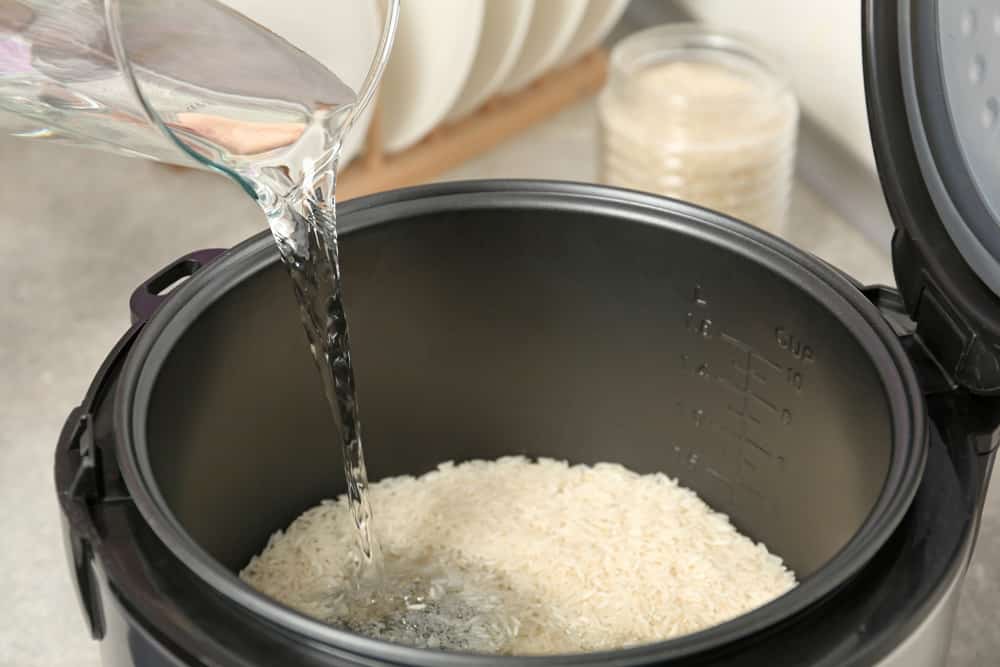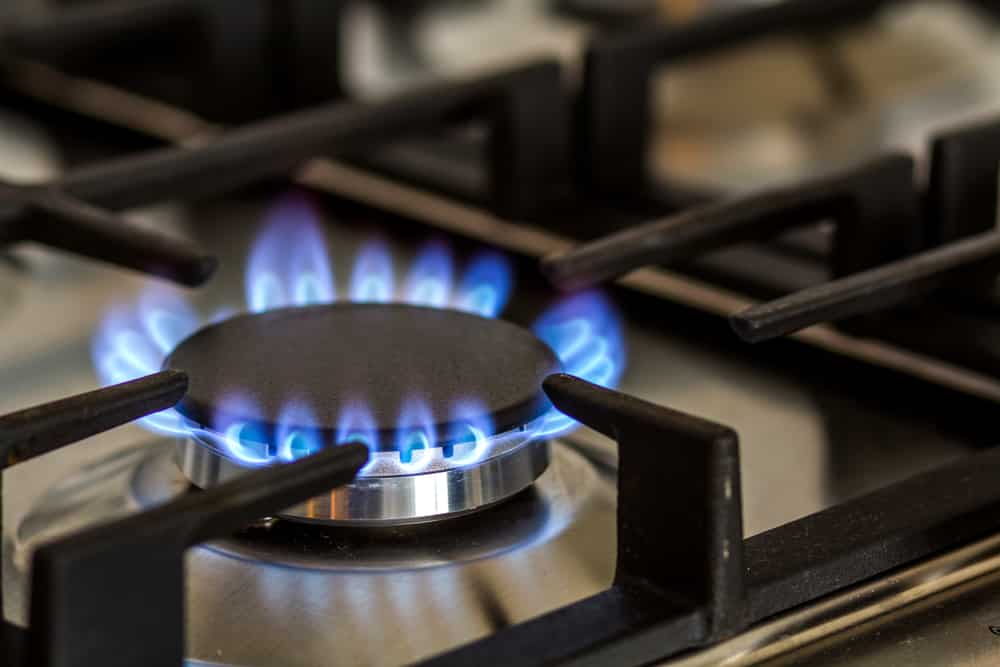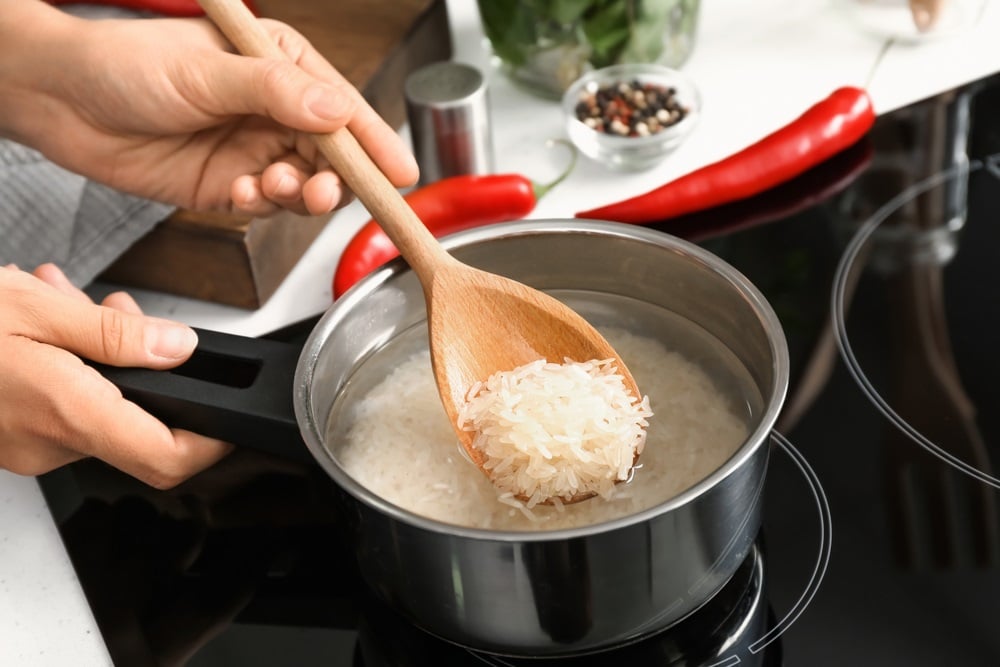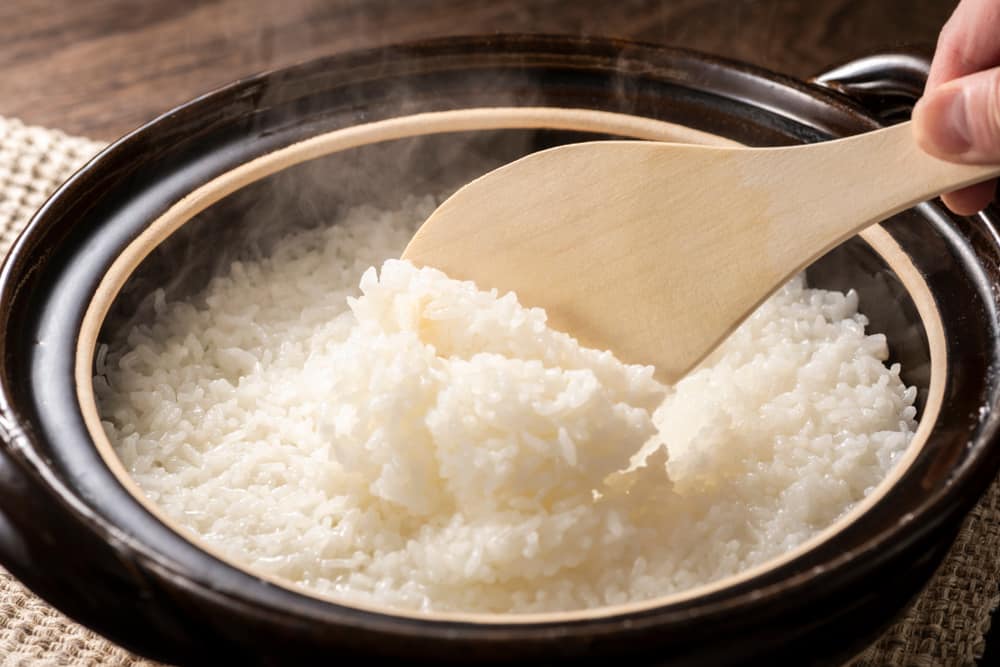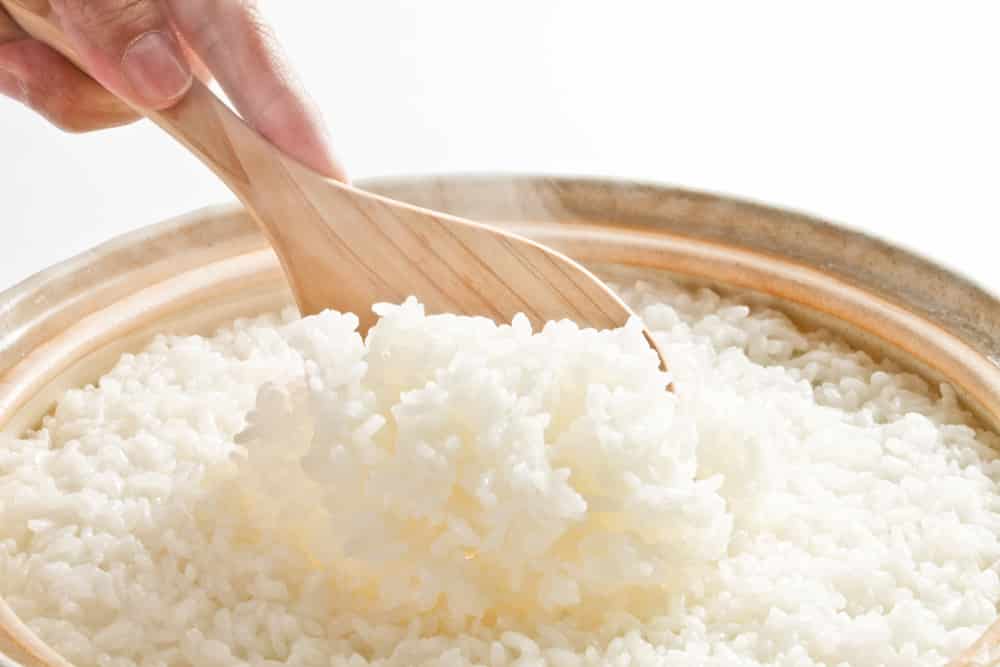
Rice is a staple food in many parts of the world, feeding almost fifty percent of the world’s population.
Rice is incredibly popular in Asia, which has some extremely high-altitude areas, and it is now becoming more popular in Africa and Latin America. Rice fills the stomach and provides energy due to its high carbohydrate content.
Of course, the healthiest type is brown, unrefined rice as this still has the bran and the germ intact to provide extra fiber and nutrients.
Rice is easily cooked but if you live at higher altitudes or plan to go there for a holiday or work reasons, you might face problems when you try to prepare your rice at these higher altitudes.
This article will provide you with tips about how to deal with that.
Cooking Rice At High Altitude
If you are cooking rice at higher altitudes, you might find that your rice takes a longer time to cook or doesn’t cook at all. This is because as we climb to higher places, the atmospheric pressure decreases.
Water boils when the pressure inside the container becomes equal to the atmospheric pressure. Therefore, water boils at a lower temperature at high altitudes because of the decreased atmospheric pressure.
The boiling point of water at sea level is 100°C, while its boiling point is reduced to 68°C on the top of Mount Everest. The water is cooler, evaporates quicker, and rice is left undercooked.
1. Water quantity
The standard procedure to cook white rice at sea level is to use one and three-quarter cups of salted water for every cup of rice. However, at higher altitudes, you’ll need to add two cups of salted water.
If you want to cook brown rice at higher altitudes, add two and a quarter cups of water for each rice cup.
Make sure that you cover the pot with a glass lid so that water does not evaporate and so that you can see what is happening inside the container.
At higher altitudes, rice takes a longer time to cook. It can take up to five minutes longer than at sea level.
2. Heat Adjustment
The heat should be carefully adjusted during the cooking process. Initially, use moderately high heat to get everything boiling. Remember to salt the water and make sure the pot is covered.
Once some of the water has been absorbed, decrease the heat, and let the rice absorb the remainder slowly. If you keep cooking at intense heat, the water will all evaporate before the rice is soft.
So, it is important to cook the rice in two stages, one by bringing the water to a boil at high heat and after that by slowly steaming the rice at a lower heat until it is soft. This will produce a fluffy, soft result.
Further Tips
- If cooking rice on a stove, add an extra minute to your cooking time for every thousand feet above sea level.
- Don’t lift the lid to check or stir the rice before the cooking time is up. This will allow steam to escape, thus decreasing the temperature even further. Plus, stirring will release starch from the rice resulting in a gluey texture.
- Once the cooking time is up, switch off the stove, keep the lid on, and allow the rice to “rest” for ten minutes. This will allow the rice to absorb the last of the water, producing a soft, fluffy result.
- If you’re cooking on the stovetop, remember not to bring the rice to a fast boil because it may boil over with the lid on. Bring it to a gentle, rolling boil.
- If you prefer, use a rice cooker. Most brands function at altitudes of up to 5000 feet above sea level.
- An alternative way to cook your rice is to treat it like pasta. Use a lot of water, bring it to a boil, add the rice and cook it uncovered until soft. Then strain the excess water off, put the lid on, and let the rice steam (off the heat) for a couple of minutes.
- Even if using a pressure cooker, you will still need to increase the cooking time to make up for the lower boiling point.
To Conclude
As you can see from our tips, cooking rice at high altitudes simply needs a few adjustments but it is certainly possible.
